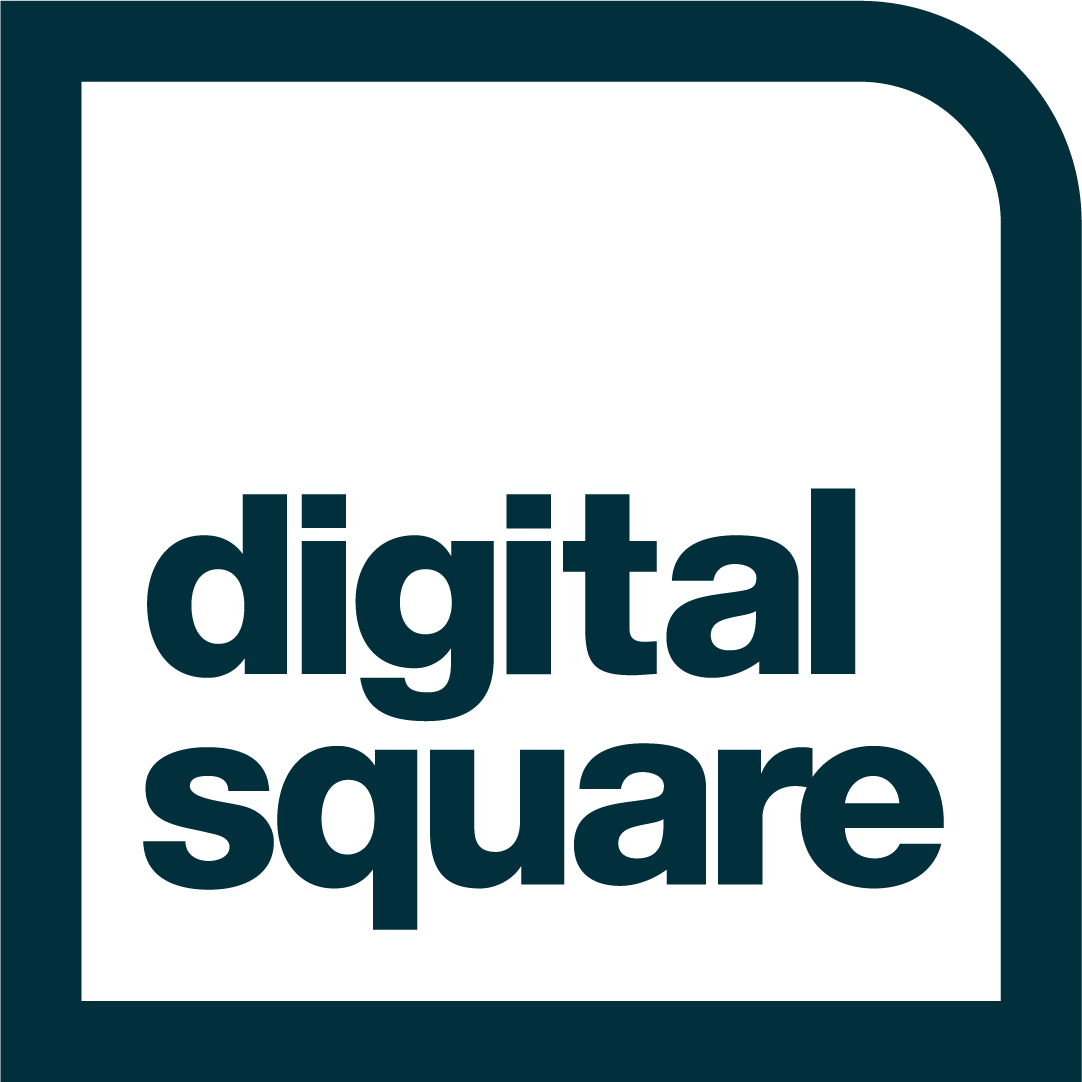FHIR-based Interoperability Solution for OpenELIS and OpenMRS
By Carli Rogosin, Senior Digital Health Specialist
Digital Initiatives Group at I-TECH, University of Washington
The recent emergence of the COVID-19 pandemic has highlighted the importance of strong laboratory systems for detecting outbreaks of infectious diseases, as well as for other personal and population health purposes such as monitoring HIV viral load suppression among patients receiving antiretroviral treatment, or measuring pathogen resistance to antibiotics. While laboratory information systems (LIS) are critical to clinical care and public health efforts, their reach and effectiveness can be amplified via automated data exchange with other health information systems.
In June 2019, with support from Digital Square, the Digital Initiatives Group at I-TECH (DIGI) of the University of Washington began a project to address the need for a standards-based interoperability protocol for clinical lab test ordering and result reporting in resource-limited settings. Drawing on experience as developers, implementers, and contributors of the Open Enterprise Laboratory Information System (OpenELIS) and Open Medical Record System (OpenMRS), the DIGI team led efforts to design and build a solution using Fast Healthcare Interoperability Resources (FHIR), an emerging standard for interoperability.
OpenELIS is currently being used in two national-scale implementations in Haiti and Côte d’Ivoire, with more limited implementations in a handful of other countries and upcoming expansion to new locations. An off-the-shelf interoperability solution to connect the open source LIS to other electronic health records and facility and logistics management tools will add significant value for countries and networks seeking high-impact products.
The project approach emphasized collaboration, in alignment with open source principles and Digital Square guidance. The DIGI team worked closely with the Health Level Seven (HL7) FHIR Working Group and the Open Health Information Exchange (OpenHIE) LIS Community of Practice on design, incorporating feedback throughout the iterative process. The OpenELIS software community, linked to its country-level projects in Haiti and Côte d’Ivoire, also participated in the design and testing of the interoperability workflow. DIGI Senior Digital Health Specialist Christina White formed and co-led the OpenMRS FHIR Squad, collaborating with Piotr Mankowski of the University of Washington’s Department of Bioinformatics. OpenELIS product owner Casey Iiams-Hauser and DIGI developers Greg Rossum and Caleb Steele-Lane led the OpenELIS work to integrate FHIR into the OpenELIS API, workflows, and data model.
The next steps include several options on both the electronic medical record (EMR) and LIS sides of the data exchange. On the EMR side, the OpenMRS community seeks to adapt the OpenMRS FHIR module for a wider set of implementations and to broaden the scope to workflows outside of the lab. On the OpenELIS side, plans include adopting the FHIR subscription mechanism, improving the electronic order interface and functionality, and writing an Open Health Information Systems (OpenHIM) mediator to help manage these connections at scale. This work paves the way for future initiatives such as using FHIR micro-frontends for lab information and other visualizations to improve data analysis and use for decision-making in OpenMRS, leveraging the capabilities of FHIR to improve national data flows to centralized data servers, or connecting to any number of other systems in an organized and replicable way. This can be seen in the forthcoming efforts to optimize the national laboratory data server in Côte d’Ivoire and to pilot the integration between OpenELIS and the OpenMRS-based iSantePlus EMR system in Haiti.
For more information on the project, including a step by step tutorial and implementation guide, please visit the OpenMRS FHIR laboratory workflows wiki page here. You can view a demo of the link in action here.



